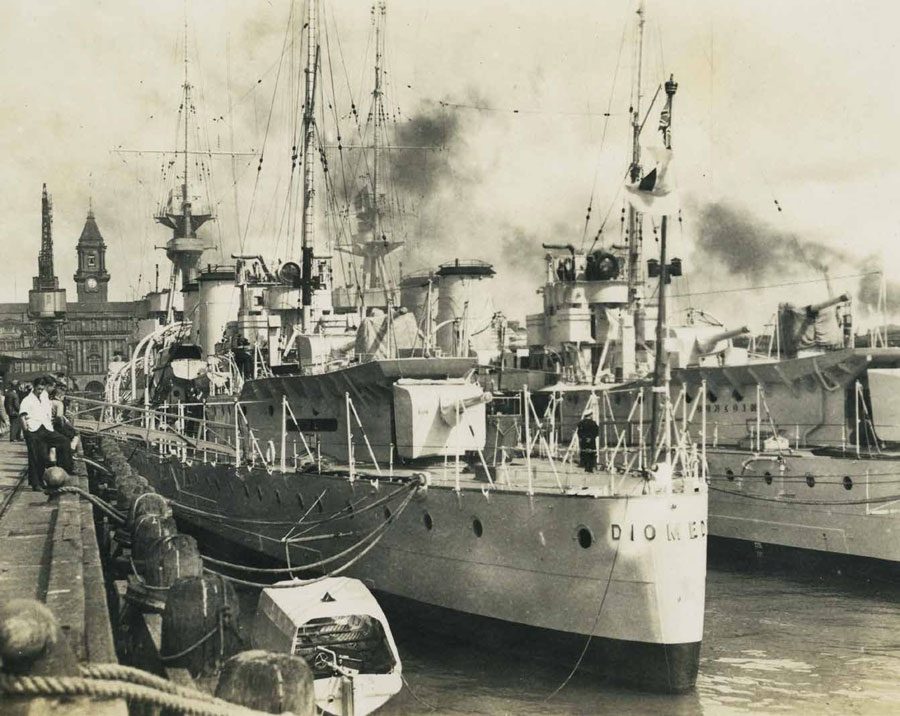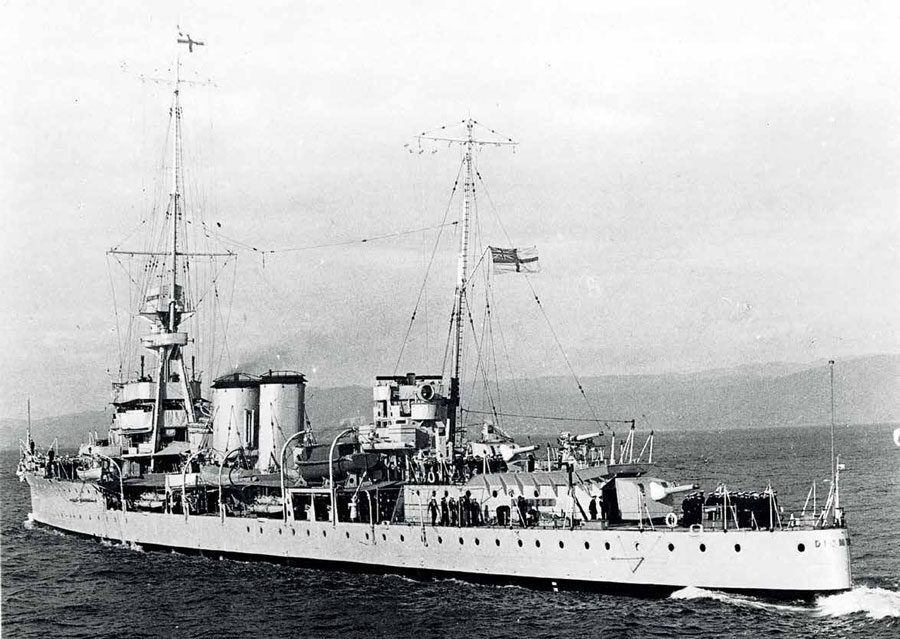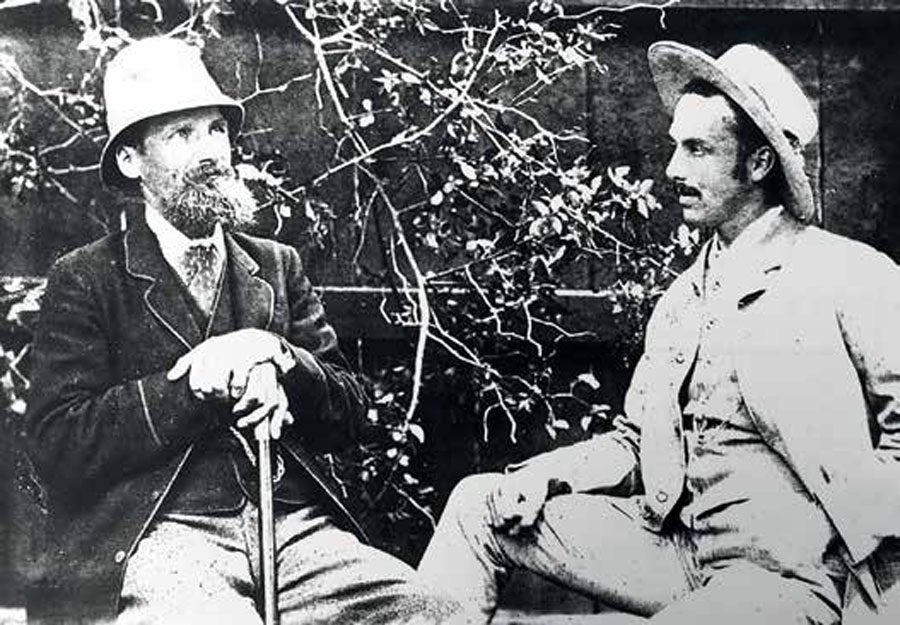

Ian Wells of Wellington Point, Queensland, a former Kiwi, has sent this great tale to the Editor. It is too good to merely paraphrase, so here it is, pretty much as Ian sent it to us.
My grandfather, Charles Wells, was a postmaster who served in the late 19th and early 20th centuries. Amongst his postings were Rawene on the Hokianga in the sailing ship kauri timber trade days, at Silverdale, when it as just a tiny hamlet on the Wade River, and finally at Whitianga, at the heights of the Coromandel gold days and the growing Coromandel kauri timber industry.

My father, Norman Wells. born in December 1886, had learned a great deal about sail and small boats as a boy in his Hokianga days. Some nautical terminology stayed with him lifelong; he always ‘pulled’ a dinghy, a launch was pronounced “larnch” and a trip to the toilet was taken in order to ‘pump ship’. He taught me how pull a dinghy and how to sail my P class and Zeddie to windward – especially in lighter airs, and he taught me well.
Soon after the family moved to Whitianga, Norman had an opportunity to buy some 300 acres of potential farmland backing Buffalo Beach some five or six kilometres from Whitianga village, and he did so, settling on the block in 1908. He was still a youngster, but he made a great success of it. He married – as one did! His bride, Virginia Lowe, came of burly whaling stock (oddly she had a strong puritanical streak) and they had five children: four girls and a boy who was also named Norman but was known lifelong as “Boy”.
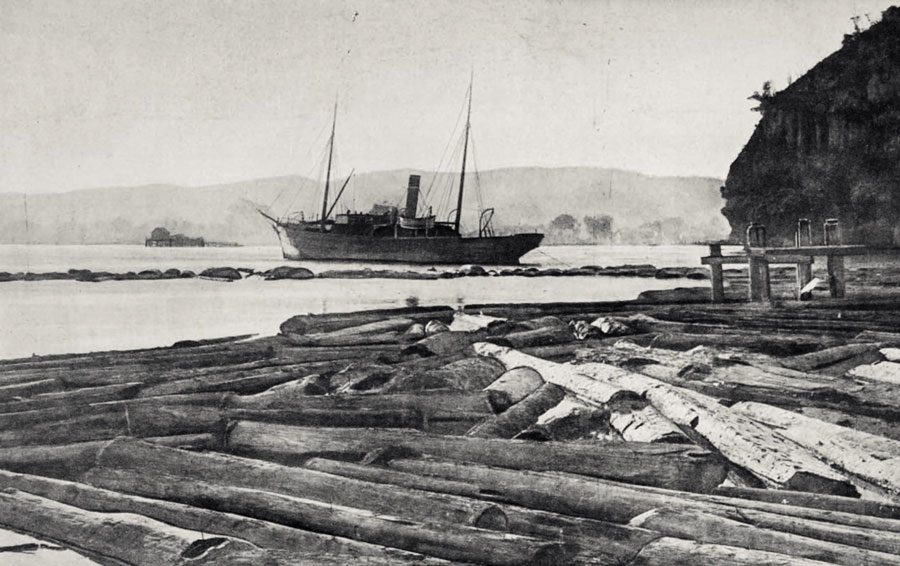
Boy was big and strong – he grew to about six-foot-four (almost a foot taller than Father) – and was powerfully built. He had a vast practical knowledge, even though just a year or so at Mt Albert Grammar as a School House boy convinced him that academia was not for him.
By then the Coromandel gold activity was winding down and the kauri was king. A. H. Reed in his excellent book The Story of the Kauri sets out some of the incredible technology those timber-getters used before the advent of machinery in moving logs to watercourses and tricked them with ‘driving dams’ into floating down to the sea. Whitianga had a very big hinterland of mountainous kauri country and, although it had a very busy mill, many more Whitianga logs were rafted up and towed to Auckland for milling at the Kauri Timber Company mill in Customs Street East. I believe that the late Johnny Wray built his famous yacht Ngataki from a raft breakaway kauri log that he found and ‘rescued’ from a beach on an island in the Hauraki Gulf.


Although, to my knowledge, Boy never actually worked alongside the timber-getters, he somehow acquired their amazing skills in rigging and the use of blocks and tackle. He was more than handy with a timber jack too. These skills stood him in great stead as a farmer in those pre-farm tractor days. Before hay-bailing machinery, he felled a tall pine tree from the shelterbelt each summer to become the mast with derrick, erected serially in several paddocks for haystack building. A very compliant old draught horse named ‘Pepper’ would walk backwards and forwards all day, every day, during haymaking time, pulling the loaded hay grab into the air, to be swung on the derrick into position and released on the growing haystack. These rigging skills and the gear used for that haymaking exercise were to be critical to the salvage project described later.
My father had an entrepreneurial bent. While running the farm he realised that catering to some of the needs of the bush workforce and the local mill workers had potential. He built a slaughterhouse on the farm and opened a retail butchery in the village and later a motor garage too. In later life he claimed to me that he knew “every nut and bolt on a Model T Ford!”
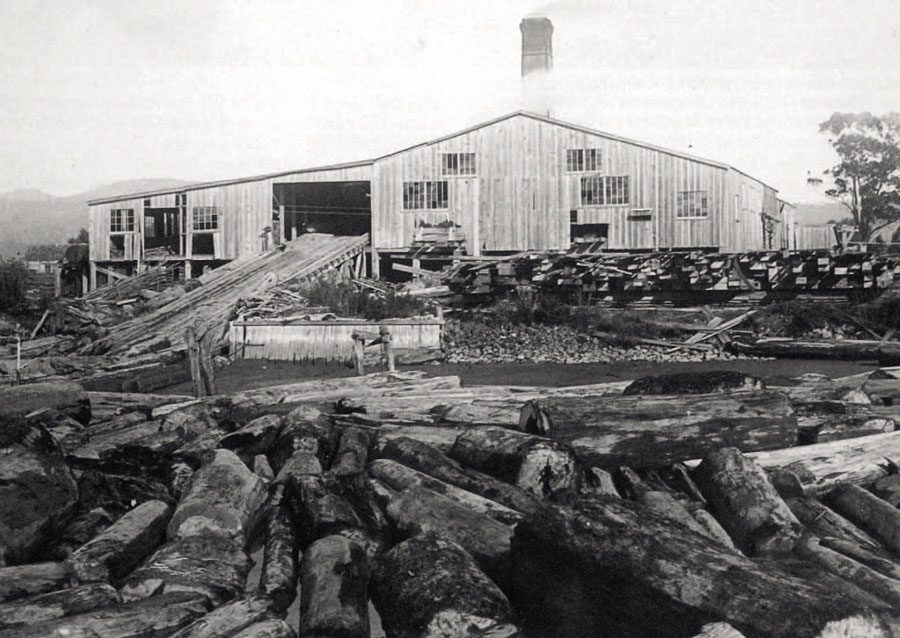
This story really begins in the bad years of the Great Depression, when my father acquired an ageing small keeler from a local professional fisherman who had been swamped by debt. The boat was Alice, a gaff-rigged cutter of some 28 feet, which the family used for pleasure cruising in Mercury Bay and its wonderful environs. Later in that 30s decade, the marriage broke up and my father moved from the Coromandel, leaving Boy with Alice and to run the farm and the local businesses, which he did with great skill.
At the onset of World War 2, Boy hauled Alice up while he coped with farm labour shortages and his new commitments to the Home Guard. Sadly, post-war, Alice was found to have terminal dry rot. She was broken up and ignominiously fuelled the cooking range in the farm homestead. But her lead was kept safe ‘for a rainy day.’
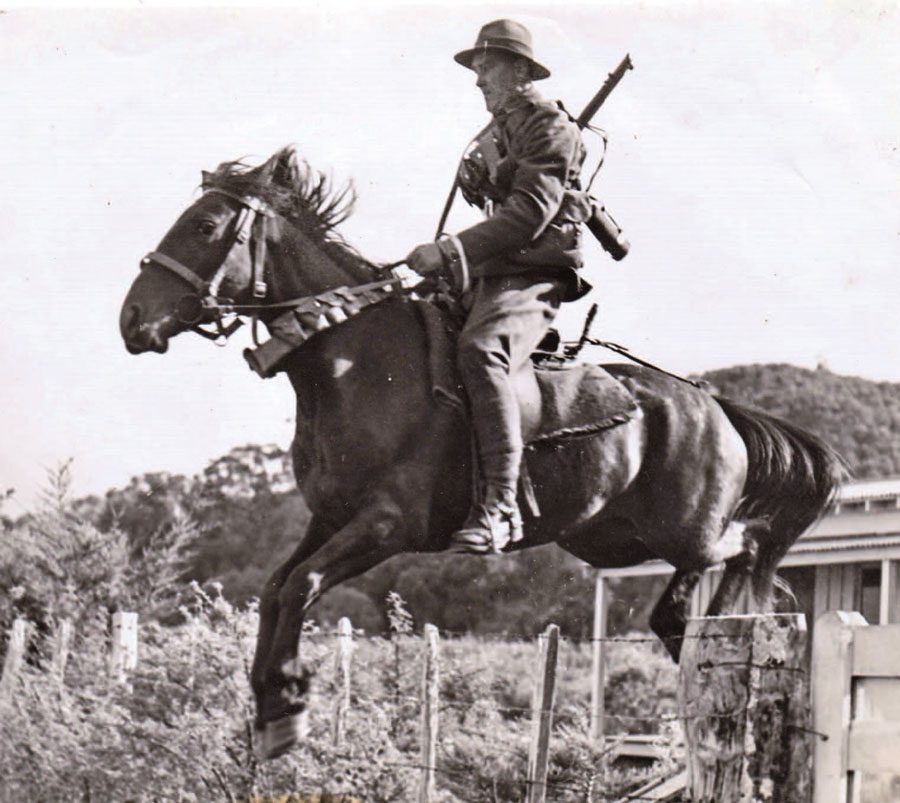
In 1951 Boy succumbed to the urge to have another boat. He bought Florence, F65, a smart, recently completed short-ender. The Williams brothers had built her for themselves in Auckland and kept her on the Tamaki River. She was a comfortable boat in the spartan style of the day, and had the extraordinary luxury of an auxiliary engine, a lovely little magneto-fired Austin 7 that started on the first turn of the crank handle. Florence had no head (“complicated, dangerous, smelly things”), no electricity, no radio (we couldn’t tune into the legendary Port Charles marine radio broadcasts), and no refrigeration. Cooking was done on a Primus, but yes, it would handle a crayfish!
I had some great sails in Florence with Boy and his sons, and we would cruise the Mercury Islands and anchor up in Mercury Cove every Christmas time. But Florence was a little tender and laboured in good working breezes. There was an obvious reason for this. Built in the age of post-war scarcities her ballast keel was of concrete, not lead, and she had pig iron ballast inside the hull under the cabin floors. Boy wanted to give her a lead keel to have a stiffer boat that could handle a breeze and perhaps even sport a genoa and was looking for more cabin headroom by getting rid of the pig iron. BNZ

ALICE
Alice was designed by J.G. Trevithick NIMA, the Technical Master at Auckland Grammar School, for Charles Beavan of Calliope Road Devonport and built by Robert Logan Sr in December 1887 at his yard at the foot of Anne Street, Devonport in his customary ‘lifeboat’ triple- diagonal strip layered planking. Her dimensions were 28ft loa, 22ft lwl, 6ft 8in beam and 4ft draught and she was rigged as a gaff cutter. She was always copper sheathed in her early years.
Alice spent many years on the Waitemata, racing and cruising with the Auckland Yacht Club under Beavan’s ownership. The crack open sailing boat skipper Barlow Madigan was her normal race helmsman. When Beavan died in March 1898 Logan Bros hauled her out in their yard. In 1900 George Stewart bought her and raced her with Ponsonby Cruising Club, usually sailed by Tom Payne. She later passed into the hands of Stewart’s brother Sam who cut down her rig to sail her single-handed. He sold her in 1919 to H. C. V. Shearman. In March 1921 Shearman advertised her sale in excellent condition, “Moored Mechanics Bay; 1½ tons lead; price £100.” She was sold to “two bluewater sailors who have gone North in an extended cruise.” In late 1922 her 1914 wartime sail number of 68 was replaced with the Auckland Provincial Yacht Association alpha-numeric number E3 and she was owned by a Mr. Tangye.
There is little mention of her after this. In February 1926 there was a piece in the New Zealand Herald saying she was now owned in Mangonui and was hauled up in Freeman’s Bay having a 5hp Du Brie auxiliary engine fitted. The Du Brie was a single cylinder American engine using the piston and connecting rod of a Model T Ford. In 1927 and in 1928 she was for sale in the Auckland papers with perfect gear and a “new marine engine”. From here Alice was bought for fishing, like so many old warriors from her yachting past. She gravitated to Whitianga and the ownership of the Wells family. Boy Wells was a founder member of the Mercury Bay Boating Club with Alice in 1946 in company with Ben Bendall’s 28ft ketch Mangawai, but the years on the hard had proved too much for Alice.
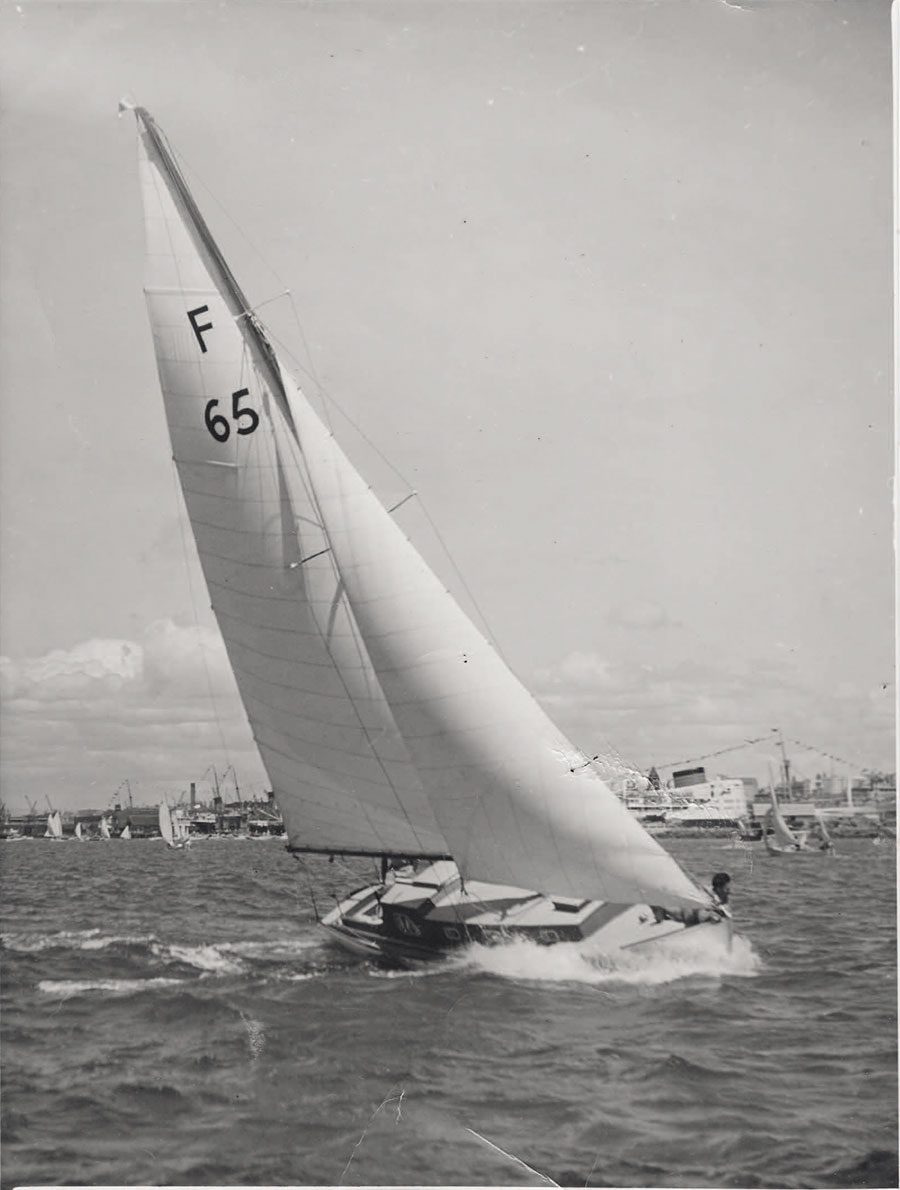
FLORENCE
Florence was built by the Williams brothers at Panmure in 1949 to a design by H. E. (Eric) Cox of Christchurch, a very popular designer in New Zealand at the time. Her dimensions were 32ft loa, 26ft lwl, 8ft beam and 5ft draught. The most common car engine installation in yachts of this time was the 1172cc side-valve Ford 10 which was durable, easy to maintain and gave a very healthy 30bhp.
The 747cc Austin 7 engine in Florence was another typical installation of a cheap car engine. The Austin was smaller, lighter and produced a useful 17bhp. Its Achilles heel was its aluminium alloy crankcase which corroded rapidly if the owner did not take care to prevent it becoming part of an electrolytic cell.


